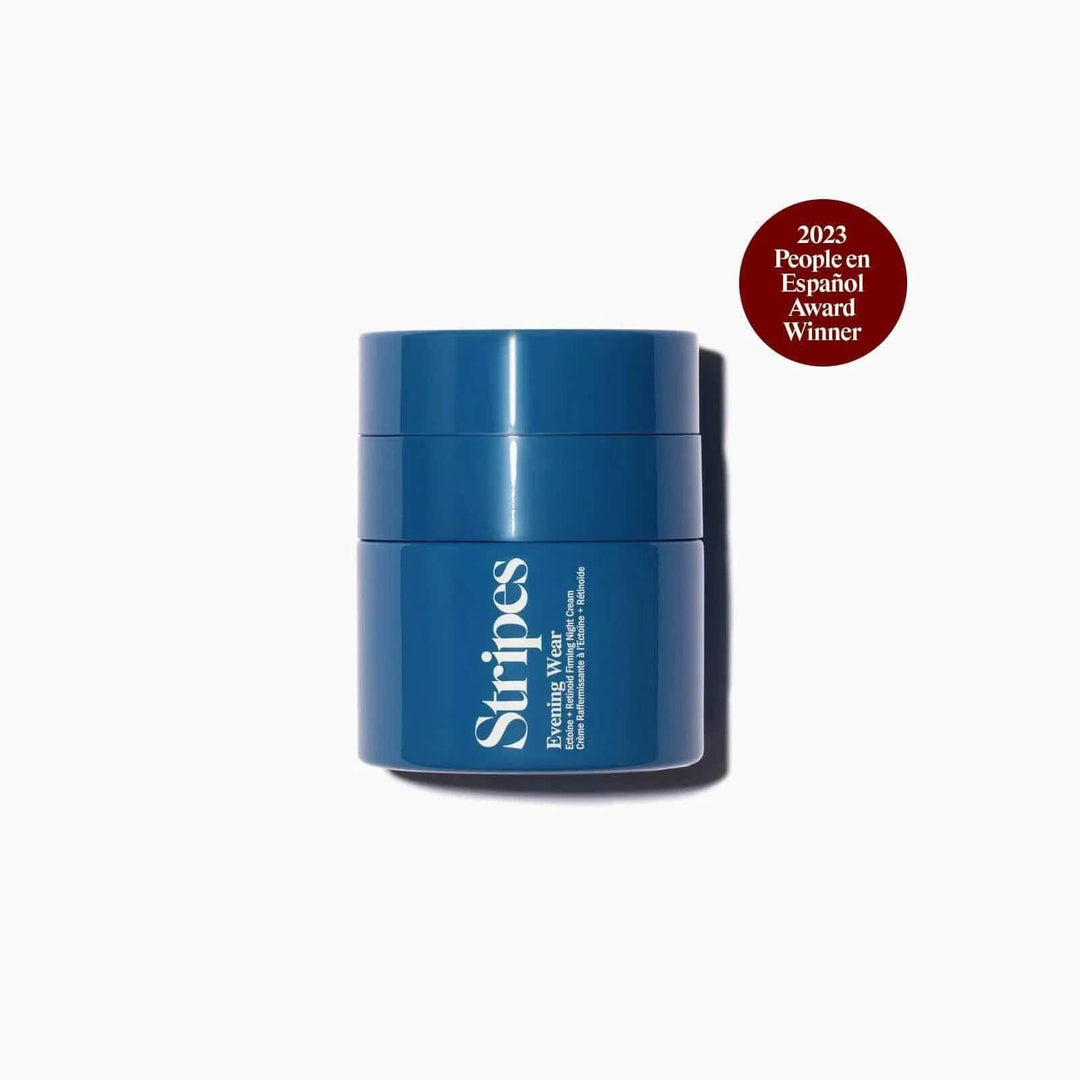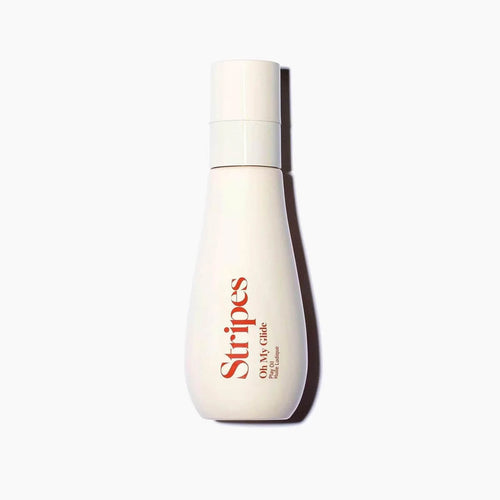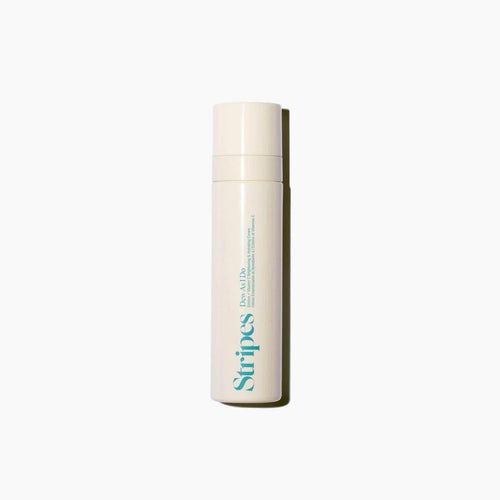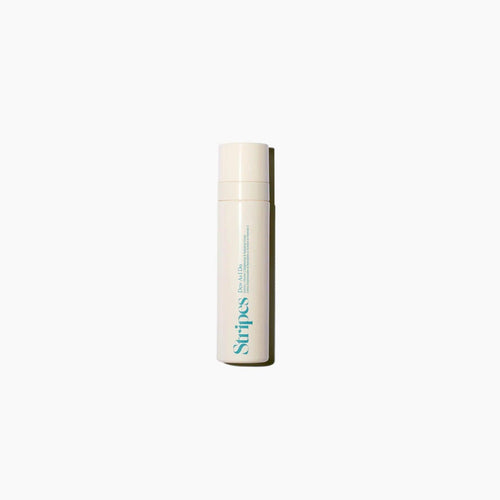What is menopausal acne?
Chances are, the same force behind those teenage zits is to blame for most cases of perimenopausal acne. Remember those deep, painful zits you’d get on your chin and jaw before your period? The hormonal ups and downs of your menstrual cycle was likely the culprit.According to Sarvenaz Zand, M.D.,a board-certified dermatologist in Mill Valley, CA, pesky pimples can surface if your body reacts sensitively to the hormonal fluctuations taking place as it shifts gears in midlife. “If you already struggle with skin, perimenopause might cause a temporary propensity toward acne,” she says.
Like the ones you got before your period, perimenopausal breakouts are usually characterized by cystic acne on the lower face. The good news: Dermatology has come a long way since Noxema and Stridex pads were our best defense against zits.
Struggling with midlife breakouts? Here’s exactly what’s happening and how to deal, according to a dermatologist.
What causes menopausal acne?
Menopausal acne is just what it sounds like: an increase of acne appearing on the skin before and during menopause. In the years leading up to menopause, your hormone levels fluctuate before they finally start to taper off and decrease at a steadier pace. One hormone that contributes to menopausal acne, particularly if you had major acne issues during puberty, is estrogen.
But there’s another, less familiar hormone also at play. Androgens, typically known as male hormones, occur naturally in women’s bodies as well and are converted into estrogen. During menopause, a relative increase in androgen occurs just as estrogen begins to fluctuate and deplete. When these androgens cannot be converted into estrogen as effectively, they may manifest on the skin as acne.
Androgens interfere with the growth and thickness of hair follicles on the skin, causing thinner, colorless follicles to become thick and pigmented. When this happens, oils can build up and get trapped in your pores. Androgens also stimulate the amount of oil released from your skin through the sebaceous glands.
This oily substance, known as sebum, helps lubricate the skin and hair follicles. The increase in release of oils on the skin coupled with the thickening of the hair follicles produces the perfect breeding ground for bacteria and acne: your face.
How can I deal with menopausal acne?
Menopausal acne can vary from person to person. Some people only experience small areas of acne on the forehead, cheeks, and chin. Others may have big patches of acne on their face, even around their lips and nose. Some women may develop deep-seated cystic acne, which can travel from the faces down to the neck and in other areas of the body.As with other physical changes that happen during perimenopause, says Zand, a combination of lifestyle adjustments and medical support can help keep your midlife acne at bay.
Stave off stress. Ever notice you’re more prone to breakouts when life is chaotic? That’s because stress increases levels of stress-specific hormones, primarily cortisol. When cortisol levels are high, your body becomes inflamed, which can result in skin problems. Reducing stress can help reduce acne, but if you can’t change your stress-inducing circumstances, work on building your toolbox of coping resources.
Self-care practices. Deep breathing, meditation, exercise, journaling, and therapy can all help you respond to stress with more resilience, and ultimately keep your cortisol levels low (and, hopefully, your face clear).
Cut down on sugar. Changing your diet can support your physical and mental health and also help keep your skin clear. If you’re dealing with acne, try to incorporate more fruits and veggies in your diet, and cut down on refined sugar. When blood sugar spikes, the body quickly releases insulin to turn those sugars into stored energy. Having high insulin levels in your blood can stimulate your sebaceous glands and increase the production of oils in your skin.
Guzzle the water: A contributing factor that you may take for granted is dehydration. When we think of dehydration, we tend to think of its effects, like dizziness and headaches. However, dehydration can have just as much of an impact on skin as it does on cognition.
Dehydration makes your skin rough and dry, causing the sebaceous glands to overproduce oils to compensate for the lack of moisture. When this happens, the dry, dead skin cells left on the top layer of skin build up and clog the pores. So be sure to drink those eight glasses of water a day every day.
When should I talk to my doctor about treatments for menopausal acne?
If lifestyle changes aren’t helping enough, Zand recommends booking an appointment with a dermatologist, who can recommend the best treatment for clearer skin. Most derms start with topical treatments, such as a medicated face wash or cream, to fend off hormonal acne.Some doctors add in oral medications (whether hormones or an acne-specific med) that can help clear skin from the inside out. Follow your dermatologist’s instructions for your skincare routine and you’ll likely begin to see changes (especially if you incorporate them with the lifestyle tweaks above).
Adult acne can be frustrating, especially if you thought your pizza-face days were done in the ’90s. The good news is your menopausal acne won’t last forever.
In the meantime, Zand encourages getting in as early as you can to talk to your derm, especially if your confidence is on the line. “Acne is frustrating, but it’s not something you have to live with,” she says. “It’s not only treatable but rapidly treatable.”





